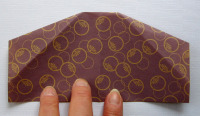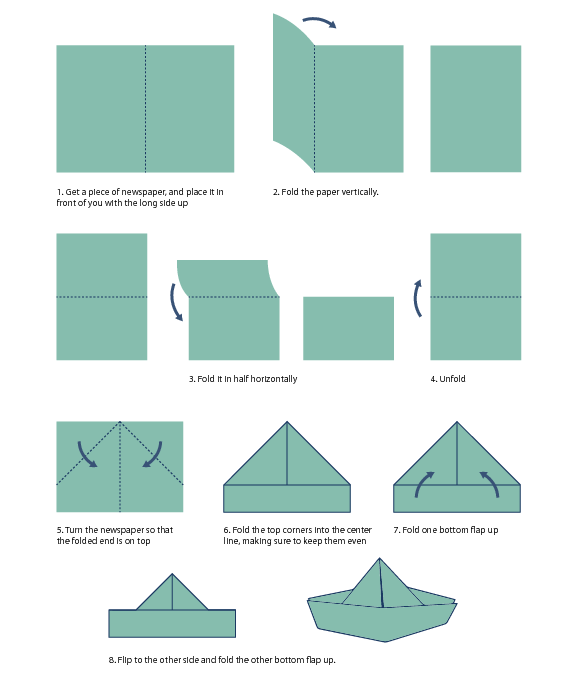

Live lobsters, on the other hand, may be packed in checked luggage. These should be transported in a transparent container of water in your carry-on baggage. You are generally not allowed to bring any hazardous materials onto an aircraft, including (but not limited to) radioactive materials, poisonous or toxic substances, or flammable liquids. It’s not only large fireworks that are prohibited, but also the small ones: sparklers, poppers, bang snaps, etc. Always check with your airline about their policy on firearms, and carefully read (and follow!) the rules about transporting firearms on planes. Guns are not allowed in your checked luggage unless they’re unloaded, packed in a locked hard-sided container, and declared to the airline at check-in. 7īeverages containing more than 70% alcohol (over 140 proof), including grain alcohol and 151-proof rum, are not allowed in checked or carry-on baggage. Are EPIRBs allowed on planes? The TSA says to check with your airline. These nifty devices are intended to save your life if you’re lost in the wilderness or at sea by sending your location to emergency responders. 6Įmergency Position-Indicating Radio Beacons “Out of respect for the deceased, TSA officers will not open a container, even if requested by the passenger,” the agency says. It may be better to bring them in your carry-on luggage in a lightweight container that can be easily screened. While the TSA doesn’t generally prohibit carrying cremated remains in checked luggage, some airlines do. Even hair dye can fall into this category. Examples include chlorine, strong acids, paint stripper, drain cleaner, etc. If a chemical could be considered a hazardous material (hazmat), don’t put it in your luggage.
Tiny origami hat portable#
If you require oxygen, you must carry a portable oxygen concentrator or ask your airline to provide oxygen service. Oxygen tanks, SCUBA tanks, butane, propane and other compressed or flammable gases are not allowed in checked or carry-on baggage.

While seemingly harmless, they’re not allowed on airplanes because they contain a tiny amount of gunpowder. These traditional British party favors are cardboard tubes that snap when you pull them apart, revealing a small trinket and a paper hat. While you are permitted to bring insect repellent that’s applied to skin, you can’t pack any bug spray that’s sprayed into the air or at insects. You might think, “Oh, I don’t have any lithium batteries,” but they’re found in many common electronic devices, such as: For this reason, airlines prohibit them in checked bags if a lithium battery fire occurs in the plane cabin, flight attendants can respond, but a fire in the cargo hold is a major problem. If lithium batteries are damaged, or if the terminals are short-circuited, they can catch fire. 3Īny device containing lithium metal or lithium-ion batteries Other aerosols-such as spray paint, air freshener or cooking spray-are not allowed. Items that are not allowed in checked luggage Aerosols (in most cases)Īerosol sprays are only allowed if they’re for medicinal or toiletry use (such as insect repellent or hairspray). Wondering, “What can I pack in my checked luggage?” Here are some of the most common prohibited items.

You may be able to pack your chainsaw, as long as it’s purged of fuel and the airline permits it. But what about in your checked bag? What’s allowed by the TSA, and what’s prohibited? You, of course, are a savvy traveler who would never pack such hazardous items in your carry-on bag. In 2021, the Transportation Security Administration confiscated 5,972 firearms at security checkpoints-not to mention a cleaver, a can of bear spray, and a chainsaw.


 0 kommentar(er)
0 kommentar(er)
